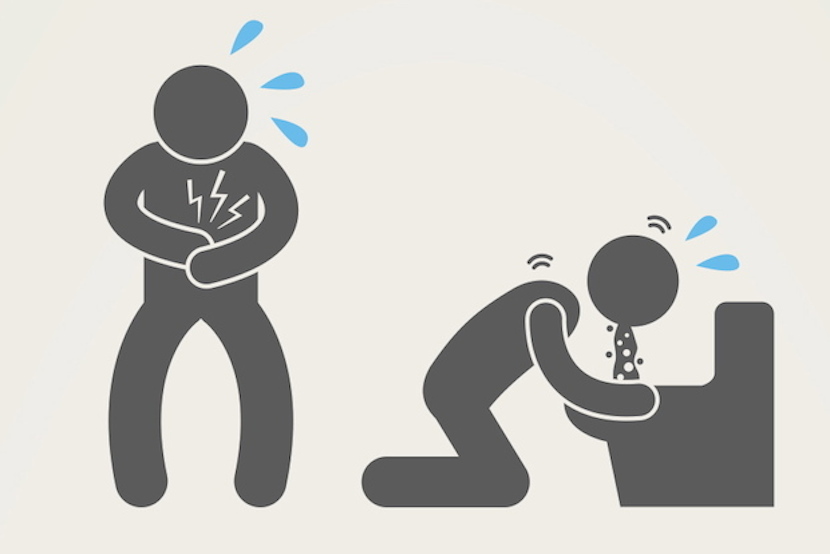Food regulatory agencies cannot fully inspect all the meats and produce we come in contact with this is due to the overall scale of our food systems and because of government lack funding. The articles we read in class have shown that our food regulatory agencies are not on top of inspecting our food systems for illnesses and sanitation. “Resisting Food Safety” by Nestle brings up the important note that there are “700 FDA inspectors are in charge of overseeing 30,000 food manufacturers and processors, 20,000 warehouses, 785,000 commercial and institutional food establishment, 128,000 grocery and convenience stores and 1.5 million vending operations.” This quote shows that the FDA has a limited number of inspectors that are forced to inspect more than they can handle which results in these out breaks of foodborne illness because not ever meat or produce is inspected properly. The articles show us the hidden truths of what really happens to the food we eat as it goes through the processes between farm to fork. Food Inc., “Resisting Food Safety,” and “You Are What They Eat” focus mainly on the hidden truths of our food system such as the poor living condition and the diseases that the farm animals can get. Organic Illusions” discusses more of the conventional vs organic argument but also discusses some of the unhealthy aspects of organic foods such as having to use more pesticides and having a higher risk for e coli. All of them show what the food systems can get away with.
The articles all discuss the inner workings of the food system. They give us a closer look into where our food starts off at to the many processes it goes through before ending up on our plates. More specifically the articles and movie point to all the negative points of the food system. Examples include the poor health conditions chickens are grown in to the possibly cannibalistic food feed to cows. The movie Food Inc. showed that chickens are grown at a rate so fast their bones and organs cannot keep up with them. The chickens in the movie could barely take a few steps before their legs gave way. The article “You Are What They Eat” mentions that there is no regulation on animal feed so it is alright if meat scraps from chickens or pigs are in feed for cows to eat. The argument of conventional vs organic foods are also brought up by the articles. Conventional means the animals and produce are grown by using standard farming methods. Organic means the produce seeds are GMOs that help bring out desirable traits in the produce such as being resistant to herbicide or pesticides and making them contains vitamins and nutrients that produce would not normally contain so it is “healthier” to us. The article “Organic Illusions” by Blake Hurst in particular discusses the argument that conventional foods are just as good as organic foods. “Organic Illusions” discusses more of the conventional vs organic argument but also brings up some details about organic foods having higher e coli content than conventional foods. The use of pesticide is also brought up in “Organic Illusions” with the article saying that much more pesticides are used on organically grown foods. The pesticides used are organic and not as strong as inorganic pesticides, as a result more has to be used to get the same effect. This leads to the produce also having higher pesticide content. These all show what happens to the food we eat before we get it. This also shows what the food system can get away with due to the lack of regulations.
The FDAs lack of inspectors is due to people who support these big faming industries hold office in the government. Food Inc. brought up the example of Monsanto. Monsanto is huge company that makes seeds, herbicides, and pesticides. Monsanto has supporters that hold seats in office and as a result can do things that other farming companies cannot. In the movie Monsanto bullied and sued farmers that did not stick there their strict guidelines about what they could and could not due with the products they were given. The movie also showed that Monsanto kept a private list that contained all the names of the farmers that did anything Monsanto did not like such as reusing seeds the next year or not throwing away all ungrown seeds at the end of the harvest.
